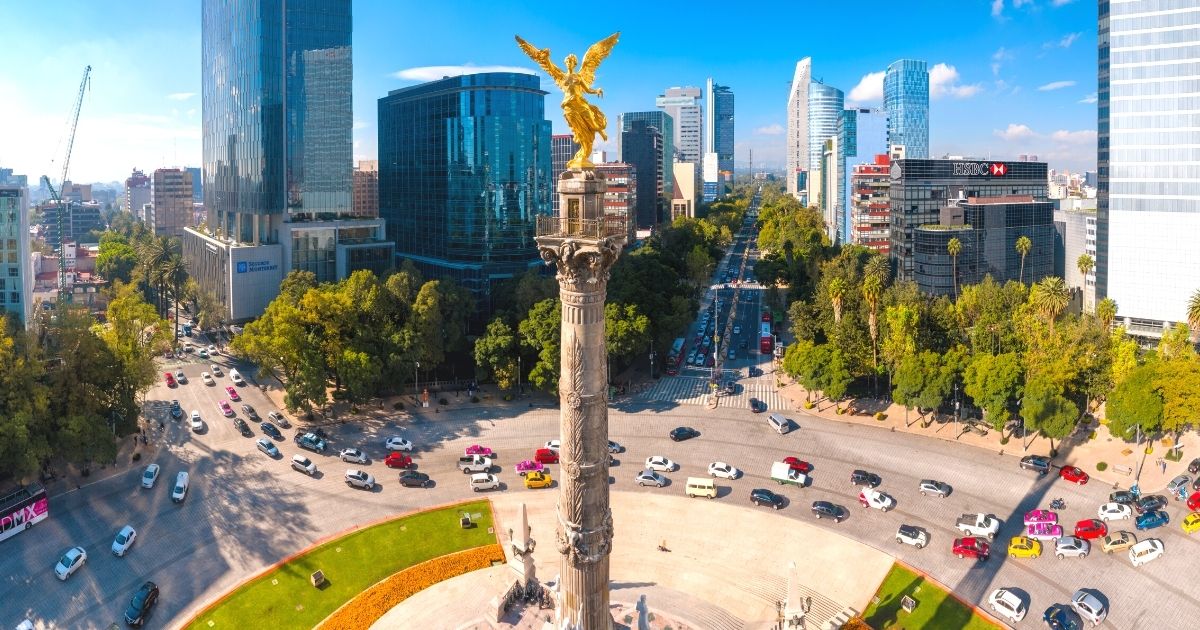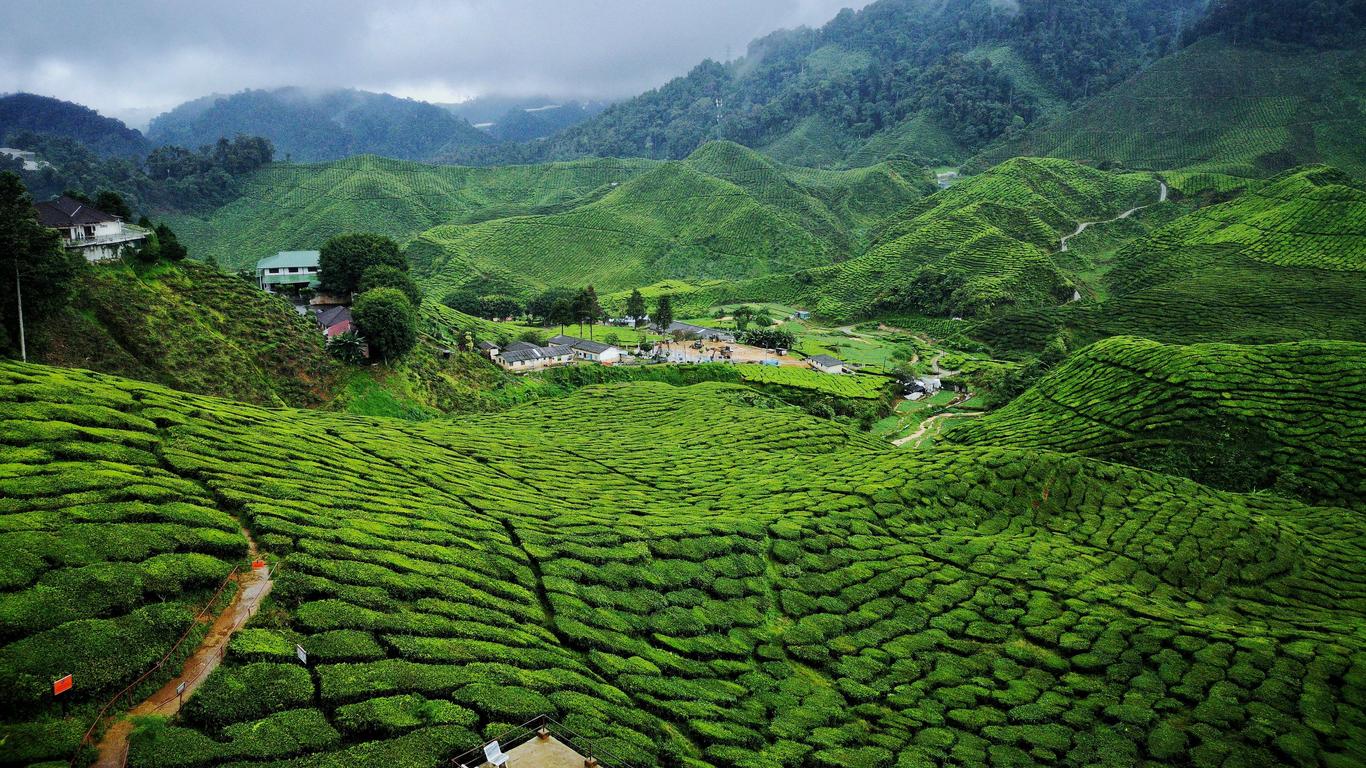Many countries around the world have a rich cultural heritage in the form of different languages spoken by their people on a daily basis. In this context, there are several nations that are specifically known for having highly multilingual populations or fluency in different languages.
These countries exhibit exceptional linguistic diversity and often serve as examples of how different languages can coexist harmoniously. In this article, we will explore some of the most linguistically diverse countries in the world and discover why their linguistic diversity is such a fascinating characteristic.
According to Yahoo Finance, the methodology used to measure the world's most multilingual countries is based on the number of languages spoken and the size of the population that speaks those languages. In our ranking, however, we focus primarily on the number of languages spoken.
Here are the top 20 most multilingual countries in the world:
20. Canada - 2 Languages
Canada is one of the most multilingual countries in the world, with 75.5% of the population speaking English and 21.4% speaking French. In addition, more than 70 indigenous languages are spoken, especially in Nunavut, where 83% of the population speaks Inuktitut. Government surveys show that 84% of French speakers and 65% of English speakers believe that learning both official languages can improve mutual understanding.
19. Luxembourg - 3 Languages
Luxembourg, a small country in Western Europe, has three official languages: French, German and Luxembourgish. While Luxembourgish is the most widely spoken language, French and German are also widely spoken. Nearly 50% of the population is made up of expatriates, adding to the linguistic diversity. Luxembourg's education system emphasizes the learning of three foreign languages.
18. Belgium - 3 Languages
Belgium, in Western Europe, has three official languages: Dutch (60%), French (40%), and German (less than 1%). Regional languages such as Luxembourgish, Limburgish and Walloon are also widely spoken, depending on the region. Belgium is divided into several linguistic regions, requiring multilingual communication.
17. Spain - 4 Languages
Spain has Spanish as its official language, which is spoken by over 45 million people. There are also regional languages used in certain autonomous communities, including Catalan, Galician, Basque, and Aranese. Catalan, with 4.6 million speakers, is the official language of Andorra and Catalonia, the Balearic Islands and the Valencian Community. Galician, spoken by 2.6 million people, is widely used in Galicia, near Portugal. Basque is used in the Basque Country and Navarre, while Aranese is found in the Pyrenees, a part of Catalonia.
16. Switzerland - 4 Languages
Switzerland is a multilingual country with four official languages: German (76%), French (39%), Italian (15%), and Romansch (0.8%). More than two-thirds of the Swiss population speak several languages on a daily basis, with English (45%) being the most popular, especially in the German-speaking regions.
15. Singapore - 4 Languages
Singapore has four official languages: Malay (13%), Mandarin (75%), Tamil and English. English dominates in education, business, and government. There are also several dialects and Singlish, a creole language based on English.
14. South Africa - 11 Languages
South Africa has eleven official languages, with Zulu (22%), Xhosa (16%), Afrikaans (13%) and English (9%) being the most dominant. In addition, other languages such as Portuguese, French and German reflect the country's rich cultural diversity.
13. United Kingdom - 11 Languages
The United Kingdom's primary language is English (98%), but it also has regional languages such as Welsh, Scottish Gaelic, Irish, Cornish, and British Sign Language.
12. Russia - 26 Languages
Russia, a diverse nation spanning Eastern Europe and Northern Asia, has Russian as its official language, which is spoken by almost the entire population. In addition, Tatar and Bashkir are spoken by a small portion of the population. Various other languages such as Chuvash, Chechen, Yakut, and others reflect Russia's history, culture, and social changes.
11. Mexico - 68 Languages
Mexico is one of the most multilingual countries, with 68 different languages spoken throughout the country. While Spanish is the dominant language, Nahuatl (1.5 million speakers), Yucatec Maya (800,000 speakers), and Mixtec (423,000 speakers) are prominent indigenous languages. Spanish is also the second most studied language in the world.
10. The Philippines - 120 Languages
The Philippines ranks 10th on the list of countries with the most languages, with approximately 120 languages. The national language is Filipino, based on Tagalog. English is also an official government language and is spoken by over 14 million Filipinos. Cebuano (21 million speakers), Ilocano (7.7 million speakers), and Hiligaynon (7.5 million speakers) are other widely spoken languages besides Filipino.
9. Malaysia - 137 Languages
Malaysia is a linguistically diverse country with 137 different languages spoken. Malay is the official language, but English is widely used and taught in schools. Chinese and Tamil dialects are also widely spoken, especially within ethnic communities. Historical influences from Indonesia, China and India have shaped Malaysia's linguistic diversity.
8. Brazil - 228 Languages
Brazil is a multilingual nation with Portuguese as the dominant language. It has approximately 228 languages, including indigenous and immigrant languages. Portuguese takes precedence in government, education, business, and the media, and is spoken by nearly 98% of the population. Spanish, German and Italian are also used, with Spanish gaining popularity as a second language.
7. Cameroon - 279 Languages
Located in Central Africa, Cameroon has over 200 languages. English and French, inherited from colonial history, are the official languages. Other languages include Fulfulde in the north, Ewondo in the central region, Beti in the south, and Bamileke in the west. About 56% of the population speaks French and 23% English.
6. Australia - 300 Languages
Australia is a multilingual country with a diverse population speaking many different languages. In addition to English, the most commonly spoken languages include Mandarin (2.5% of the population), Arabic (1.4%), Cantonese (1.2%), Vietnamese (1.2%), and Italian (1.2%). In addition, a variety of other languages are used, such as Greek, Hindi, Spanish, Punjabi, and Tagalog.
5. United States - 350 Languages
The United States is the fifth most multilingual country in the world, with English as the primary language spoken by approximately 78% of the population. However, nearly 1 in 5 people, or about 67.8 million people, speak languages other than English at home. Spanish is the most widely spoken language after English, spoken by 62% of those who use another language at home. Other commonly spoken languages in the U.S. include Mandarin, Vietnamese, Tagalog, and Arabic.
4. India - 391 Languages
India, one of the most multilingual countries in the world, has 22 official languages, including Hindi and English. Hindi is spoken as a native language by over 57% of the population. Duolingo is growing in popularity in India, where English, Hindi and French are the most widely learned languages.
3. Nigeria - 527 Languages
Nigeria is highly multilingual, with over 500 languages in use. English serves as the official language, while Hausa is the most widely spoken, with 35 million native speakers and 15 million second language speakers. Other widely spoken languages include Yoruba, Igbo, Fulfulde, Kanuri, and Tiv.
2. Indonesia - 712 Languages
Indonesia is one of the most linguistically diverse countries in the world, with over 700 languages in use. The official language is Indonesian, which is spoken by almost the entire population. Major regional languages include Javanese, Sundanese, Madurese, and Minangkabau, each with a significant number of speakers. Various regional languages such as Balinese, Batak and Buginese are also spoken.
1. Papua New Guinea - 840 Languages
Papua New Guinea holds the record as the most linguistically diverse country in the world, with approximately 840 different languages and a highly diverse population of speakers. The country has had three official languages since independence: English, Tok Pisin (Creole), and Hiri Motu, with sign language added in 2015. The rugged and isolated rural regions have allowed many languages to survive, with some villages remaining isolated from the outside world.







































